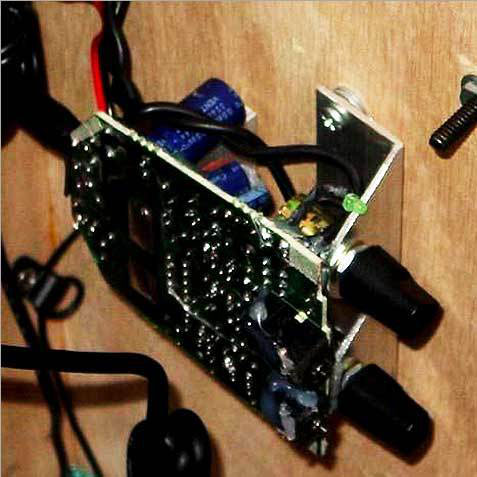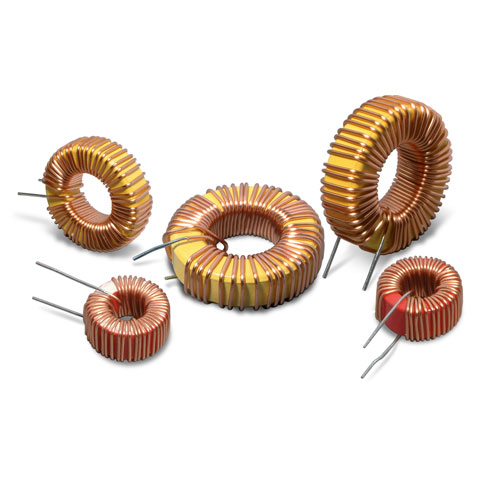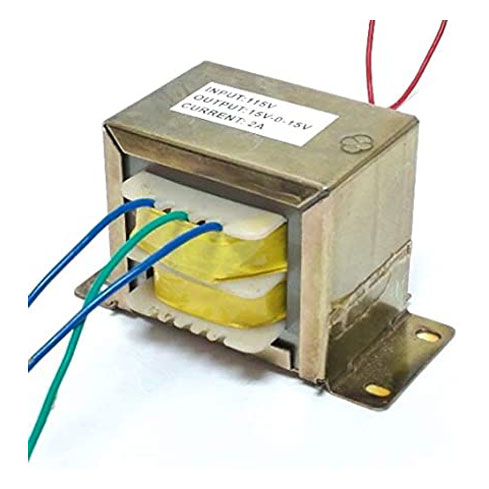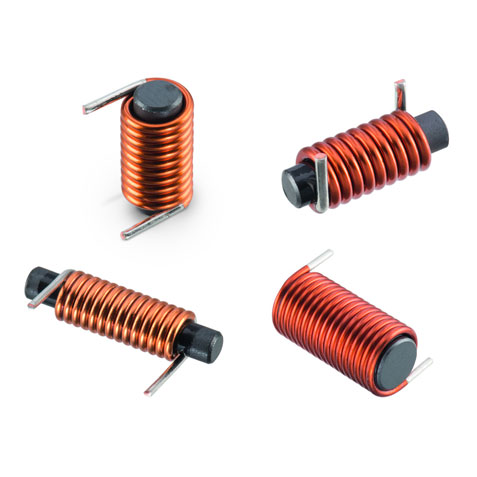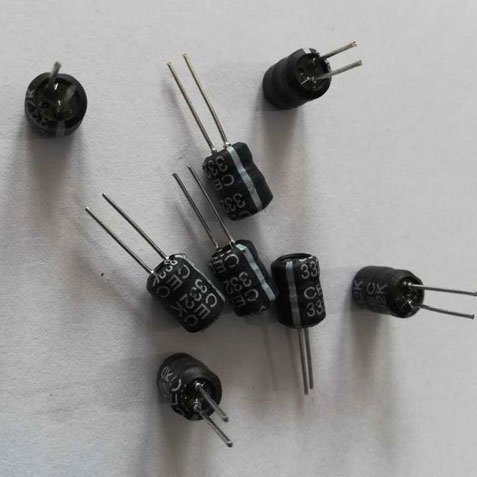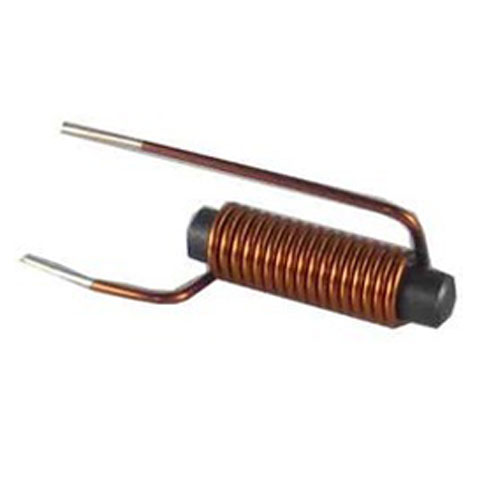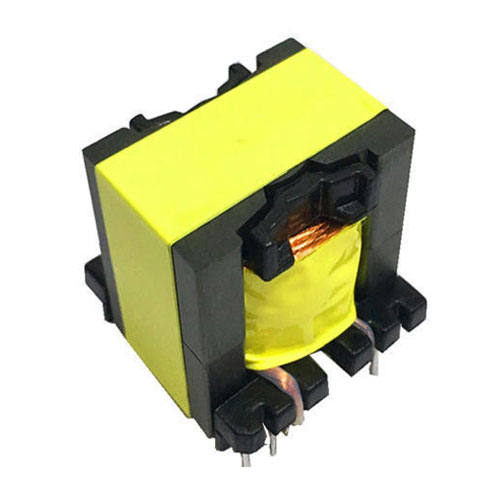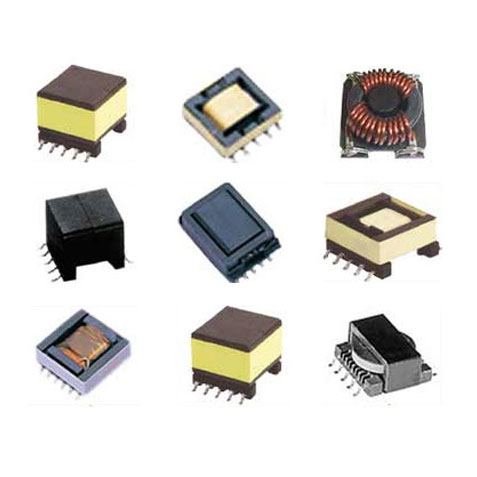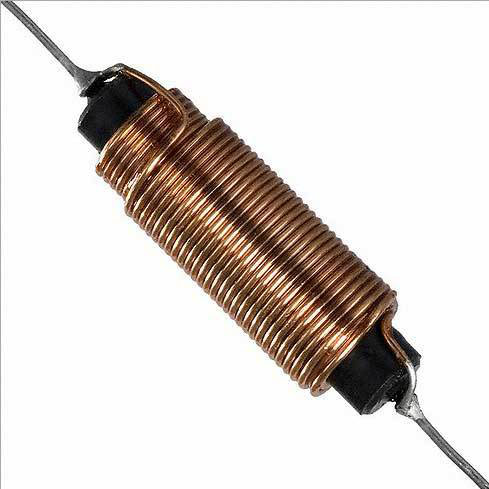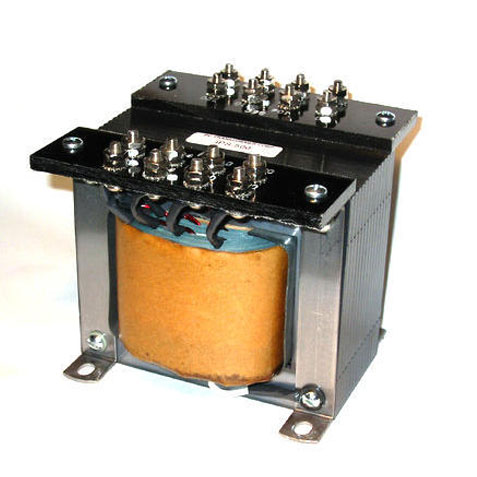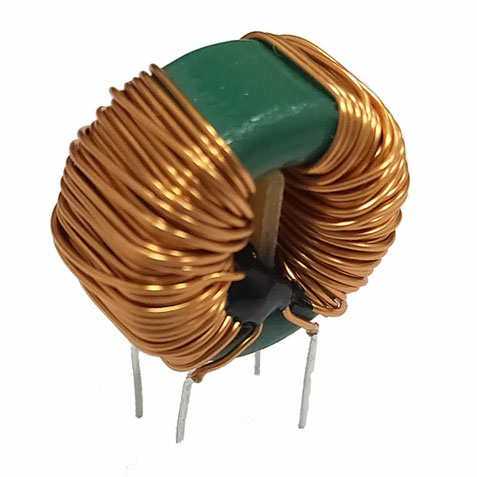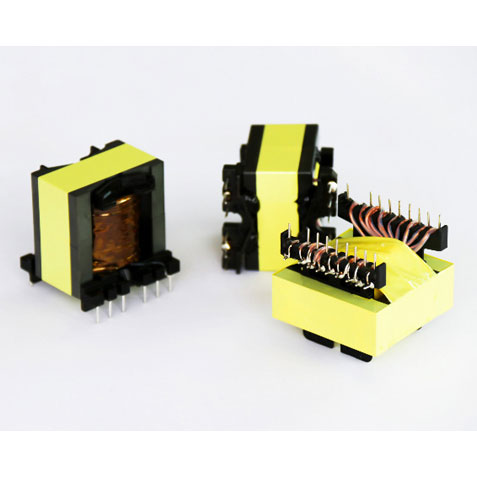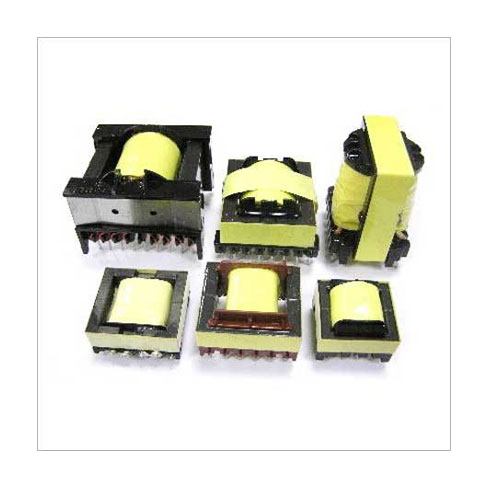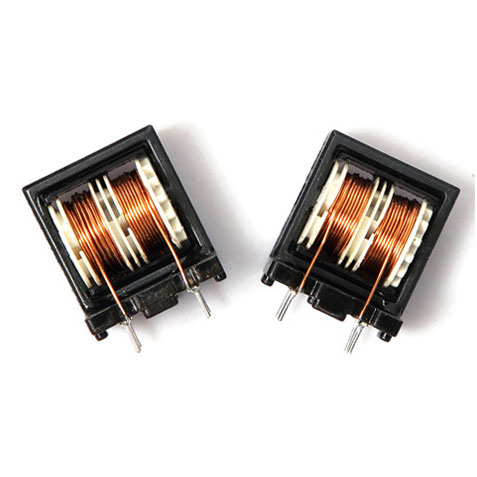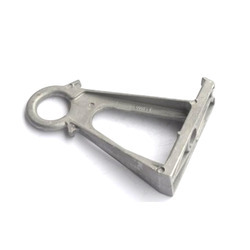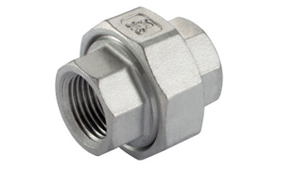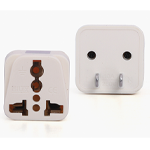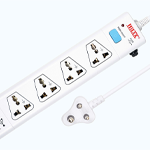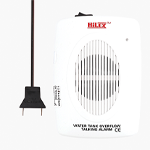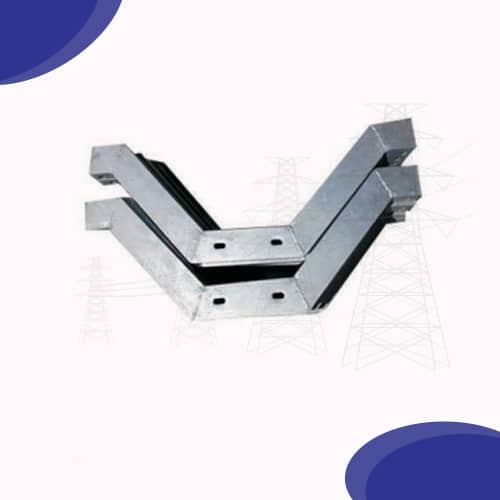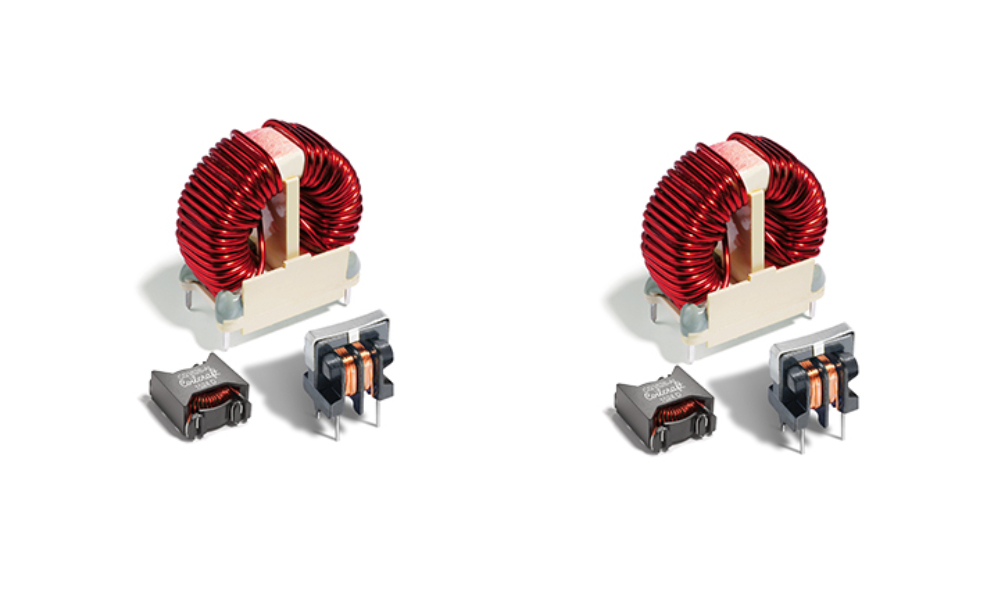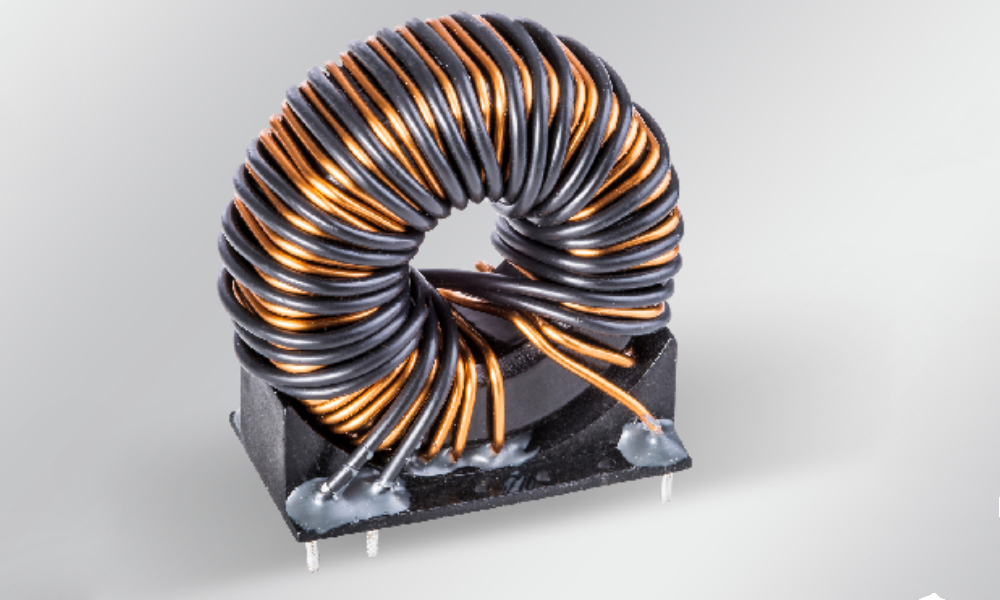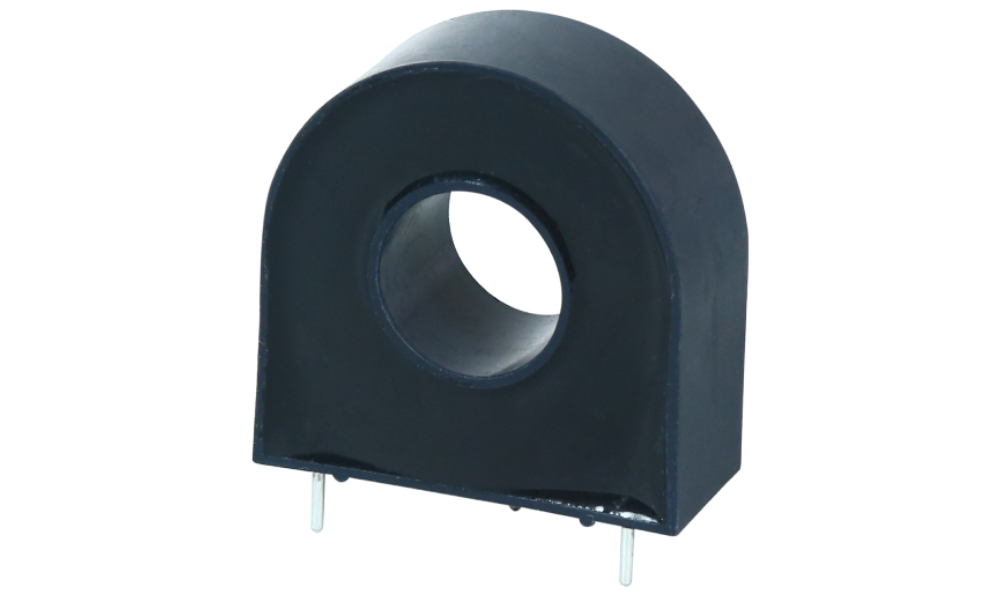Line Filter

Line Filter
Other Fittings Components
Line Filters: Enhancing Power Quality and Equipment Longevity
In today's technologically advanced world, the integrity of electronic systems is paramount. Line filters play a crucial role in maintaining this integrity by ensuring that the power supplied to electronic devices is free from unwanted noise and interference.
What Are Line Filters?
Line filters, also known as EMI (Electromagnetic Interference) or RFI (Radio Frequency Interference) filters, are passive electronic components designed to suppress high-frequency noise present in the power supply lines. By attenuating these disturbances, line filters protect sensitive electronic equipment from potential damage and ensure optimal performance.
How Do Line Filters Work?
Line filters operate by providing a low-impedance path to ground for unwanted high-frequency signals, effectively diverting them away from the equipment's internal circuitry. This process involves the use of inductors and capacitors to filter out noise across a wide frequency range.
Key Features of TechnoFlick Electronics' Line Filters
- High Efficiency: Our line filters are engineered to provide superior attenuation of EMI and RFI, ensuring that your equipment operates without interference.
- Durability: Constructed with high-quality materials, our filters are built to withstand harsh operating conditions, ensuring longevity and reliability.
- Compact Design: Designed to fit seamlessly into various applications, our filters offer space-saving solutions without compromising performance.
- Customization: We offer tailored solutions, adjusting designs to fit unique application requirements, ensuring optimal performance in diverse environments.
Applications of Line Filters
TechnoFlick Electronics' line filters are versatile and can be utilized across various industries, including:
- Consumer Electronics: Protecting devices such as televisions, computers, and audio systems from power line noise.
- Industrial Machinery: Ensuring the smooth operation of manufacturing equipment by filtering out electrical noise.
- Medical Devices: Maintaining the accuracy and reliability of medical instruments by preventing interference.
- Telecommunications: Safeguarding communication systems from power line disturbances.
Why Choose TechnoFlick Electronics' Line Filters?
At TechnoFlick Electronics, we are committed to delivering products that meet the highest standards of quality and performance. Our line filters are designed with precision and undergo rigorous testing to ensure they meet international standards and client expectations. By choosing our line filters, you are investing in the longevity and reliability of your electronic systems, ensuring they operate efficiently and effectively.

1 Years Ragular
Ask Price
| Price: | as per client |
|---|---|
| Unit: | 0 |
| Type: | Products |
Suggested Similar Line Filter
Ask Price
We are one of the foremost manufacturers of premium
Ask Price
We are one of the foremost manufacturers of premium
Ask Price
We are one of the foremost manufacturers of premium
Ask Price
We are one of the foremost manufacturers of premium
Ask Price
We are one of the foremost manufacturers of premium
Ask Price
We are one of the foremost manufacturers of premium
Ask Price
We are one of the foremost manufacturers of premium
Ask Price
We are one of the foremost manufacturers of premium
Ask Price
We are one of the foremost manufacturers of premium
Ask Price
We are one of the foremost manufacturers of premium
Ask Price
We are one of the foremost manufacturers of premium
Ask Price
We are one of the foremost manufacturers of premium
Ask Price
We are one of the foremost manufacturers of premium
Ask Price
We are one of the foremost manufacturers of premium
Ask Price
We are one of the foremost manufacturers of premium
Ask Price
We are one of the foremost manufacturers of premium
Ask Price
We are one of the foremost manufacturers of premium
Ask Price
We are one of the foremost manufacturers of premium
Ask Price
We are one of the foremost manufacturers of premium
Ask Price
We are one of the foremost manufacturers of premium

